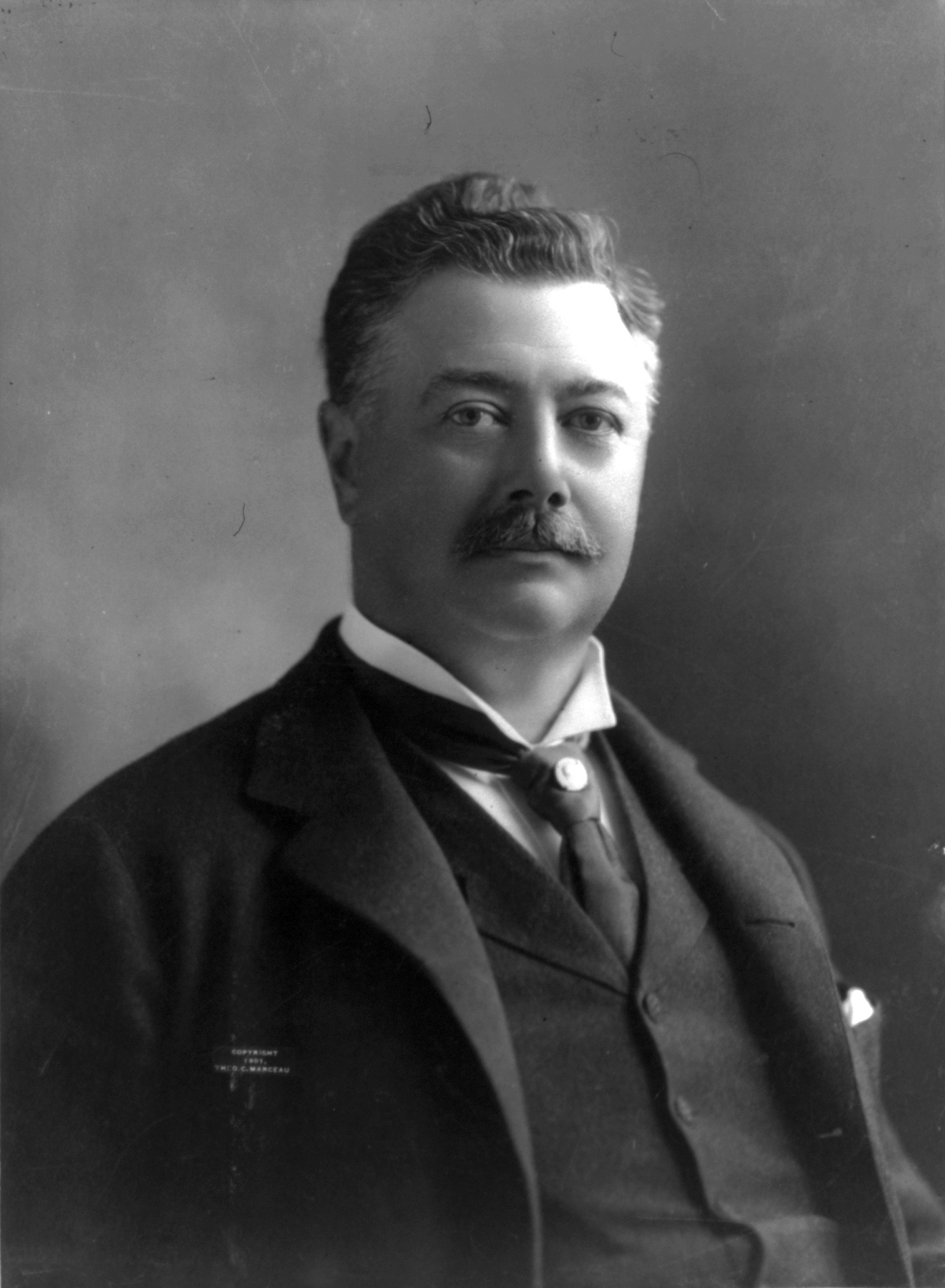About the Intercollegiate Code of Academic Costume
From the 1890s to the late 1920s Americans were obsessed with college and university life, collegiate traditions, and collegiate sports. Within this environment a general interest in wearing academic costume blossomed among students and faculty at various schools, so in 1893 Princeton University Trustee John J. McCook invited representatives from Columbia University, New York University, and Yale University to join Princeton in an “Intercollegiate Commission on Academic Costume” to design a standardized system of academic dress that could be used by all colleges and universities in the United States. Gardner Cotrell Leonard, the President of the Intercollegiate Bureau of Academic Costume at the firm of Cotrell & Leonard, and Ogden Nichoas Rood, a Columbia University professor and expert on chromatics, participated as “technical advisors” to the commission.

The academic regalia of Columbia University would serve as a template, so McCook asked Columbia President Seth Low to chair the commission. The commission’s purpose, Low said, would be
to secure a uniform practice among the American colleges and universities, whereby the cap and gown and hood shall indicate not only the degree of the wearer and the faculty under which it was obtained, but also the institution by which the degree was conferred.
The commission approved the final draft of the “Intercollegiate Code of Academic Costume” on 16 May 1895, cleverly creating a unified semiotic system out of the American cap, gown, and hood. Now an observer would be able to “read” a person’s academic garments as easily as they would be able to read the degree and alma mater on that person’s diploma.
This original 1895 version of the Intercollegiate Code was austere, lacking some details that were largely standardized in practice by 1910. These standardized details were officially incorporated into the “Academic Costume Code”, written by a committee formed in 1932 by the American Council on Education for this purpose and ratified on 30 April 1935.
The Cotrell & Leonard firm, home of the Intercollegiate Bureau of Academic Costume, largely abandoned its leadership responsibilities in the late 1950s and 1960s before going bankrupt in 1980, so the American Council on Education took the initiative to make revisions to the 1935 Academic Costume Code in 1960, 1973, and 1987. These later changes to the Academic Costume Code moved American academic dress away from the original 1895 system focused on the degree cited on one’s diploma towards a new system focused on one’s academic major or course of study. The advantages and disadvantages of these later iterations of the Academic Costume Code are explored by Stephen Wolgast in “The Intercollegiate Code of Academic Costume: An Introduction” and Robert Armagost in “University Uniforms: The Standardization of Academic Dress in the United States”, both in the Transactions of the Burgon Society 9 (2009).
The semiotic taxonomy of the original 1895 Intercollegiate Code of Academic Costume was simple: different types of caps, different types of gowns, and different types of hoods communicated information about the wearer’s academic degree. Below are links to detailed discussions about each of these garments, as well as a proposal to revive and revise the original 1895 Intercollegiate Code.